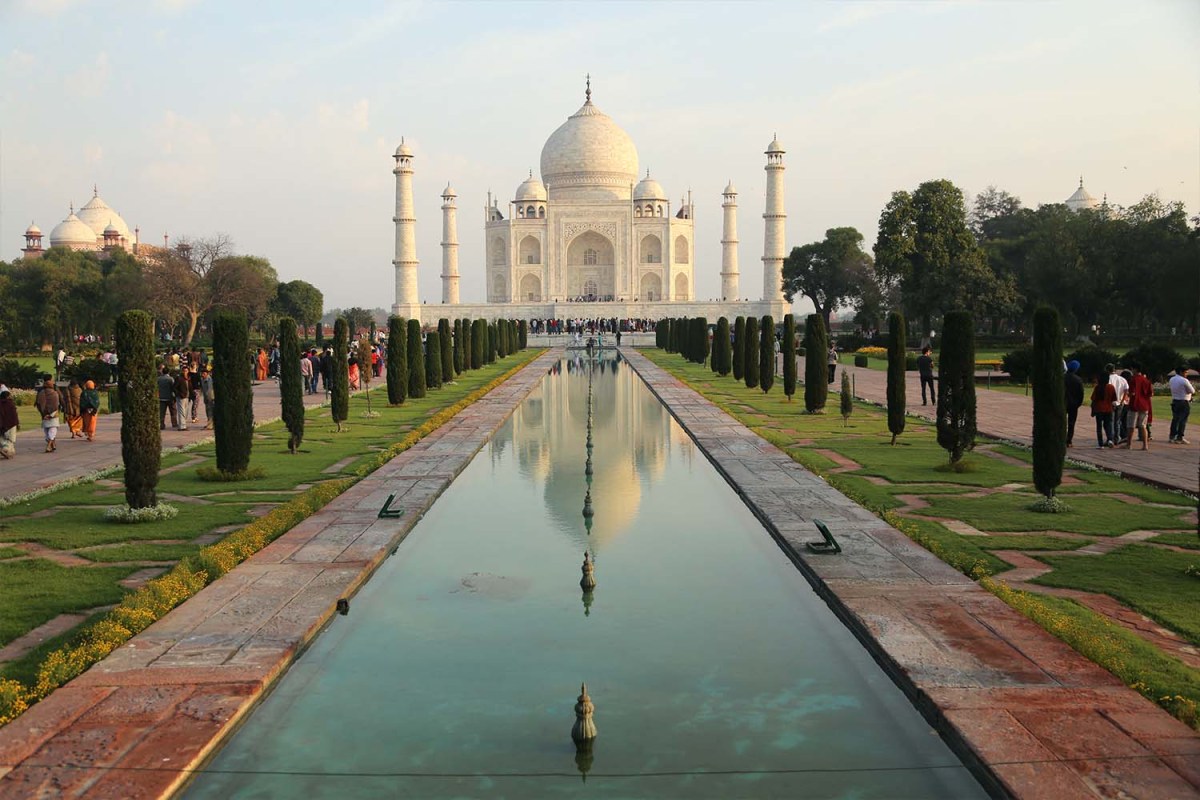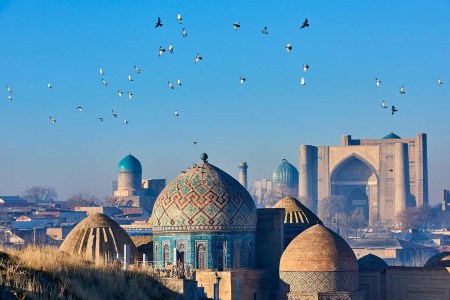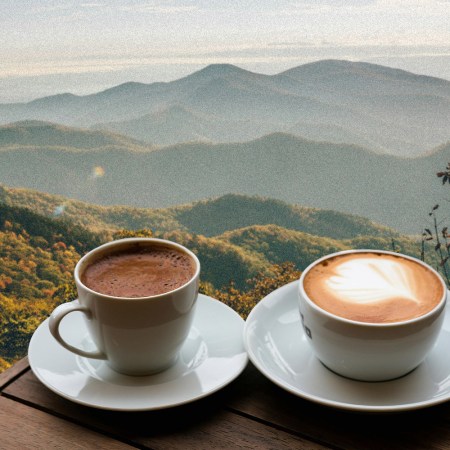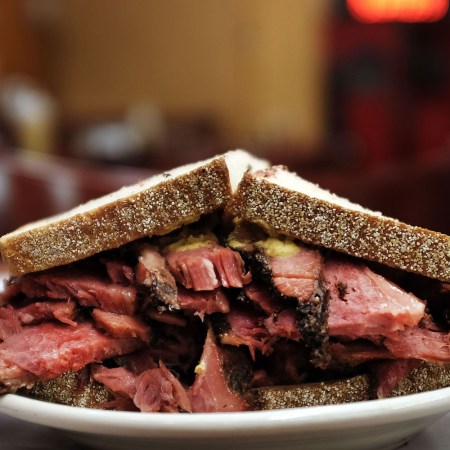India is a country of 1.4 billion people, 28 states and 22 official languages (and over 120 regional languages). It has sandy deserts and snow-capped mountains, untamed rivers and virgin beaches. Yes, there is yoga and Ayurveda, but there is also the heat and the dust, the crowds and the chaos. So, how do you even begin to plan a trip to this vast country?
For many first-time travelers to India, the best place to start is with the Golden Triangle of tourism — New Delhi, Agra and Jaipur. These three cities, which form a neat triangle on the map, will dazzle you with their array of forts, palaces and assorted attractions, while also offering up some of the best eating and shopping in the country.
New Delhi
You will realize off the bat that India’s capital city breathes history, with medieval mosques and ancient monuments strewn carelessly in the midst of concrete skyscrapers and glitzy shopping malls. This history goes back to at least 2,500 years. It is said that modern day Dilli, as locals call it, has been built upon the remains of no less than eight cities across centuries and ruling dynasties.
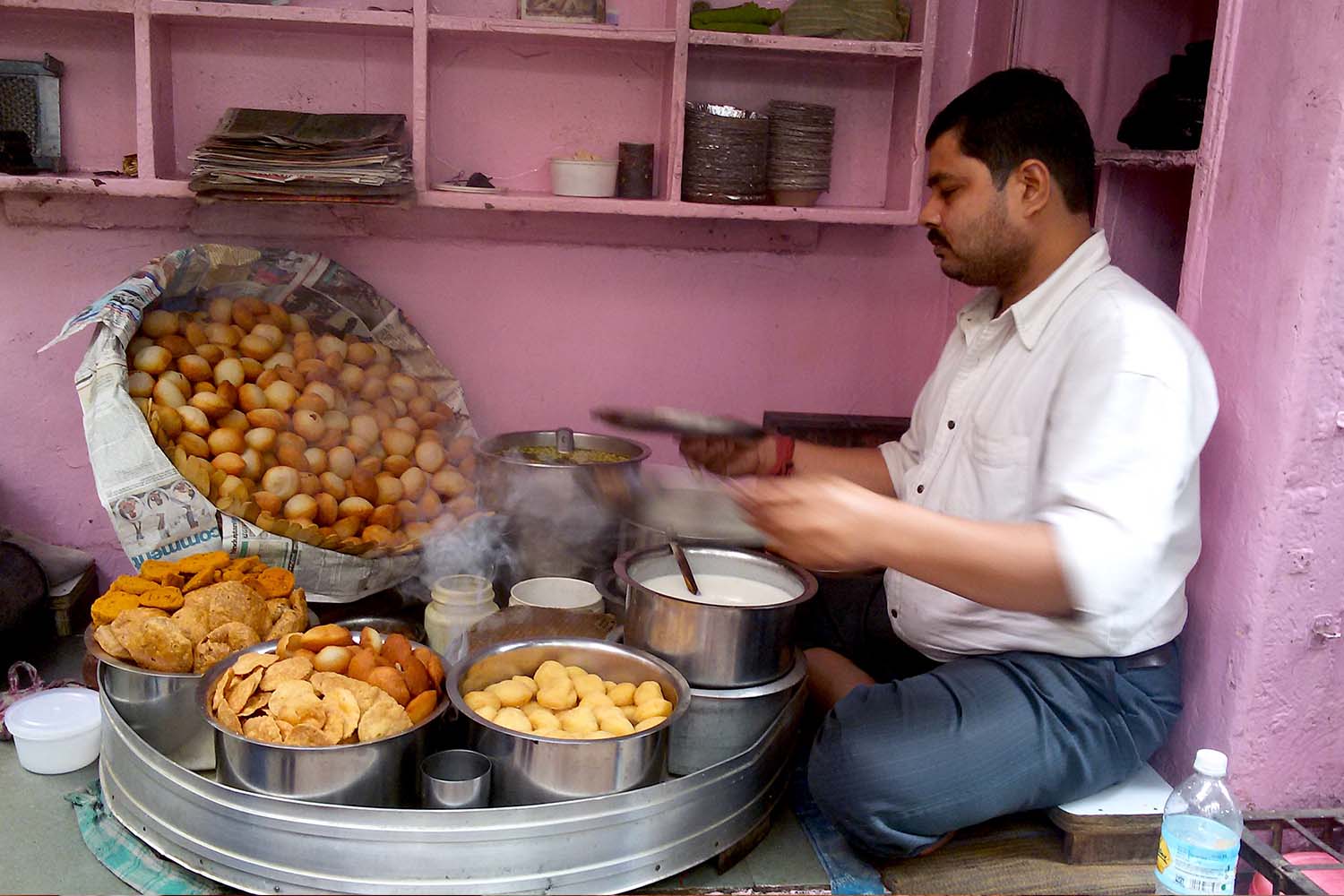
Stay: For a chance to rub shoulders with Bollywood stars and visiting royalty, the ITC Maurya is your best bet. From the priceless art collection displayed in the lobby to the exotic pomegranate exfoliating massage at the in-house Kaya Kalp spa, this hotel hits all the high notes.
Experience: The most comfortable way to explore Delhi is to sign up for a walking tour with Delhi Walks or Masterjee ki haveli (who also offer tours in Agra and Jaipur) to be shown around town by people who live there and know the city’s charms and quirks.
But if you want to go out on your own, here is a handy list of what to see and do.
See: Start your exploration in the old city area, with a visit to the UNESCO-listed Red Fort, the lasting symbol of the might of the Mughal emperors who ruled over vast swathes of India for over 300 years. If possible, go again for the fabulous sound and light show that takes you back centuries into the city’s history every evening (timings vary by season).
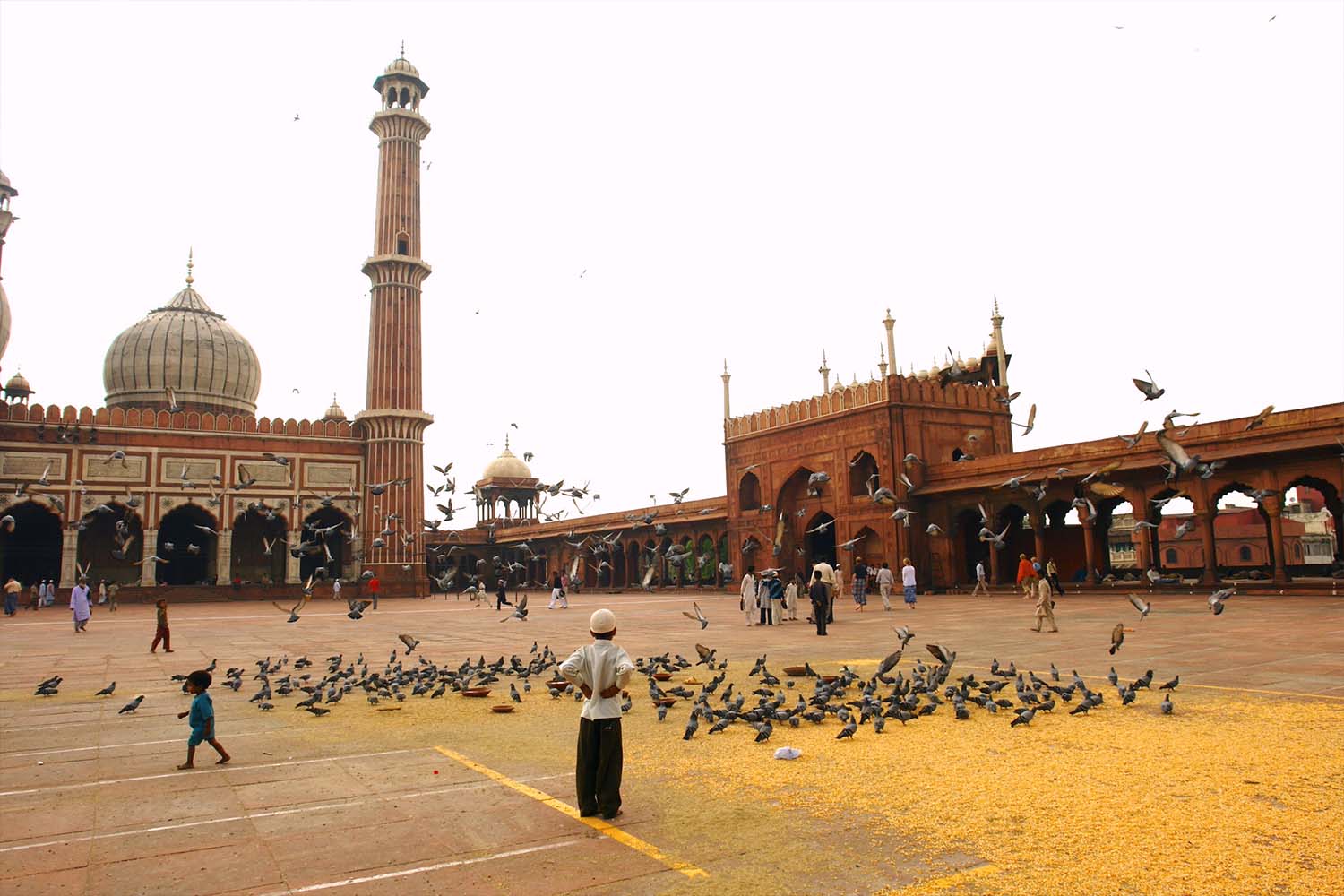
Then walk through the narrow, bustling lanes of Chandni Chowk — known to exist as a market since the 17th century — through shops selling everything from pungent spices to silver jewelry. Stop at the Jama Masjid, one of India’s oldest and biggest mosques to catch your breath. And climb to the top of the minaret for sprawling views of the old city.
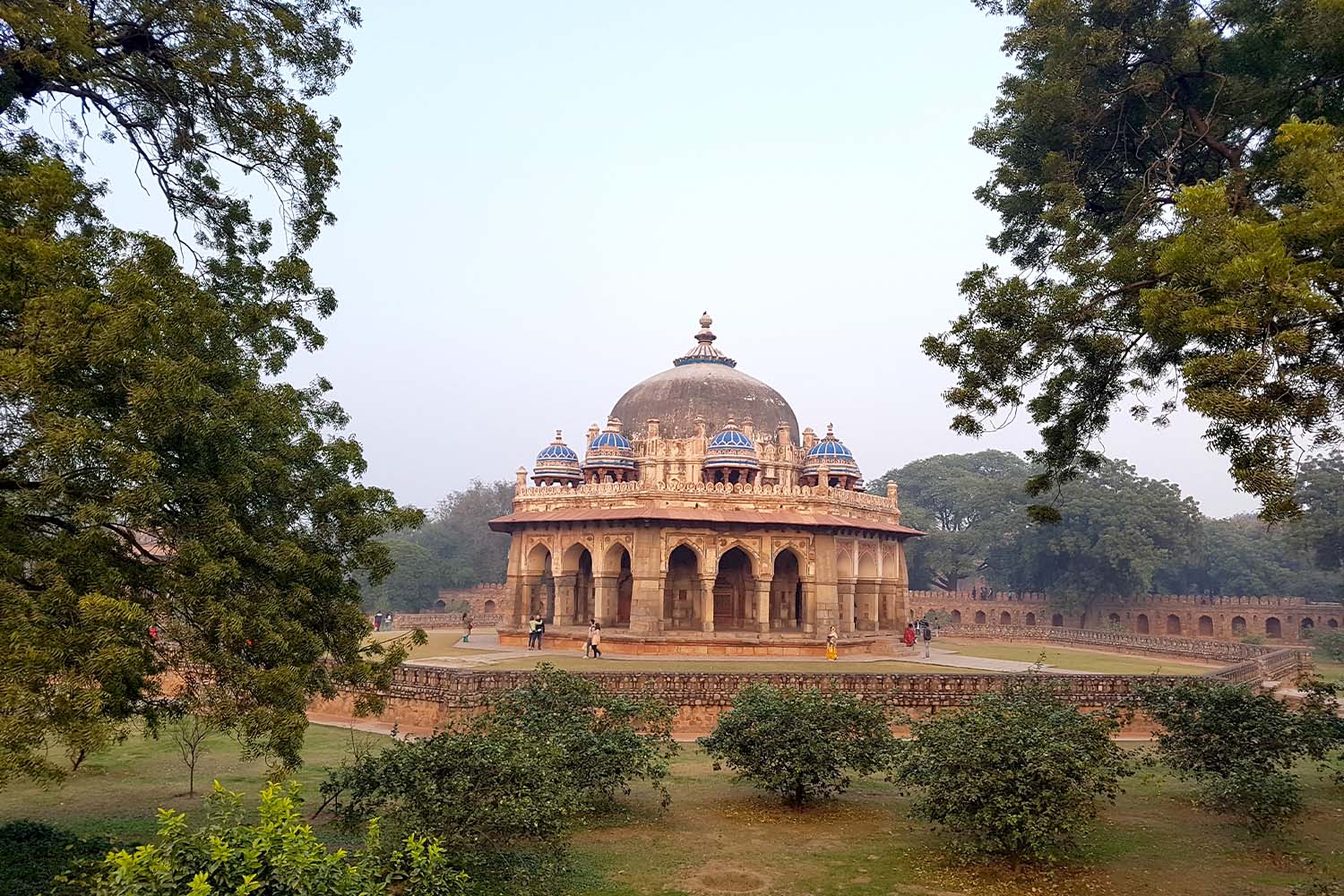
For some green respite, spend time at the landscaped garden now known as Sunder Nursery, before visiting the exquisite Humanyun’s Tomb, another world heritage site right next door. Head on later to one of Delhi’s most iconic landmarks, the 12th century red sandstone tower known as Qutub Minar, standing tall at nearly 73 meters and running up five stories. The Qutub complex also contains a mosque with an iron pillar in its courtyard, famed for never rusting.
Shop: Keep ample time on hand for Dilli Haat, a massive open-air market with stalls selling handicrafts, textiles and souvenirs from all over India. This is also a great place to sample regional dishes from several Indian states, cooked to suit all levels of spice tolerance.
Off-the-beaten-track: Find your way to the restored and renovated 14th century stepwell known as Agrasen Ki Bauli, an ancient secret hidden in the heart of the modern metropolis known as New Delhi.
Agra
Stay: The Oberoi Amar Vilas comes with credentials like a place among the 50 best hotels in the world and direct views of the Taj Mahal. What more can you ask for?
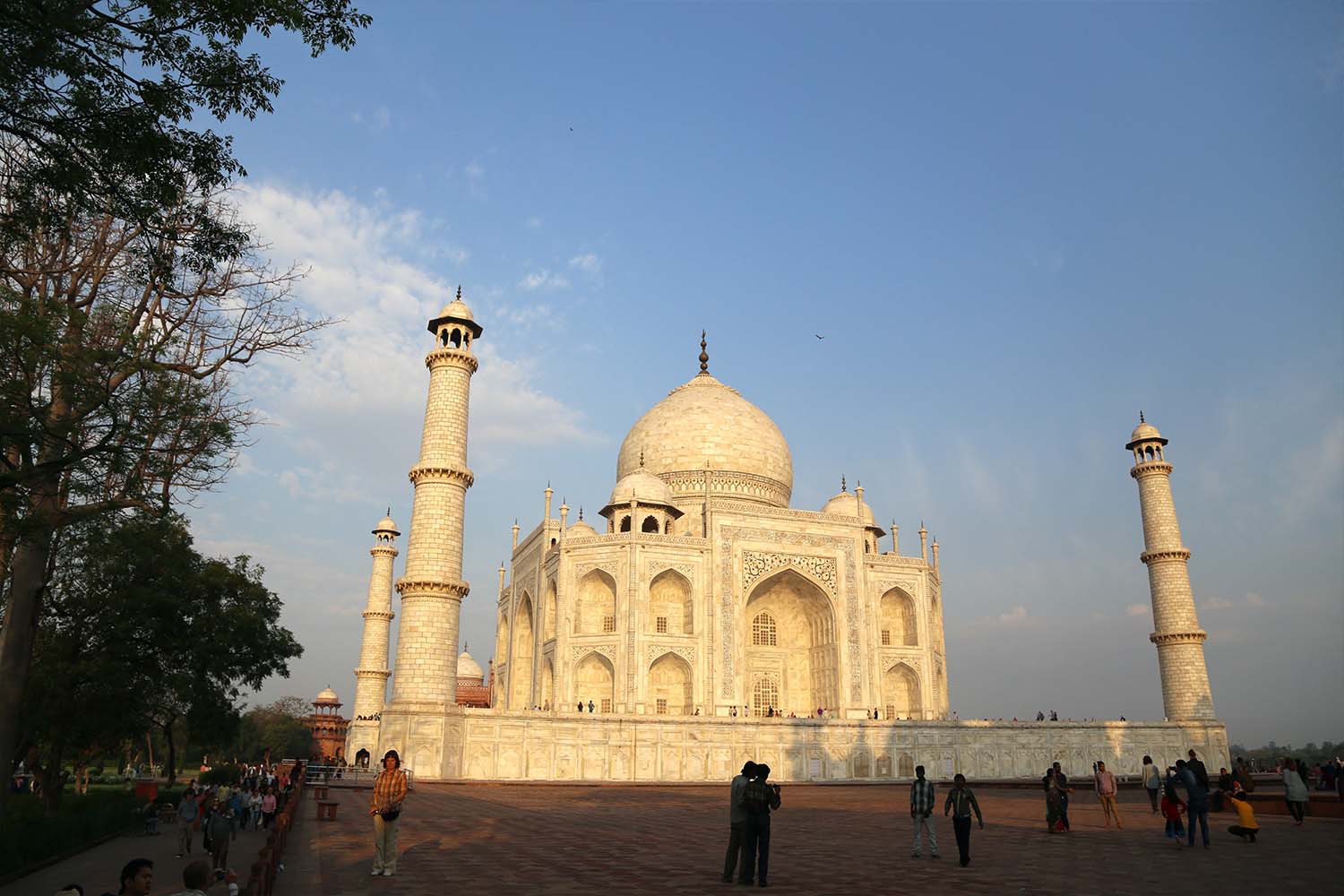
Do: In Agra, there is nothing for it but to wake up at the crack of dawn to see the Taj Mahal at sunrise. Once you have witnessed this monumental ode to love from Mughal emperor Shah Jahan to his dead wife Mumtaz Mahal bathed in a golden glow, you will understand why it has found a place among the new seven wonders of the world.
For an unusual view of this white marble mausoleum that attracts over seven million visitors annually, make your way to Mehtab Bagh on the other side of the River Yamuna just before sunset. This garden is over 100 years older than the Taj Mahal, and has panoramic views of the monument, with only a fraction of the crowds.
Special tip: To see the Taj illuminated by moonlight, book a ticket (well in advance, please) for the night viewing experience, available only for a few days of the months around the full moon phase.
The city has several other impressive monuments that are worth exploring, particularly the red sandstone fort that served as an imperial city and the Itimad-ud-Daulah Tomb with its intricate marble inlay work.
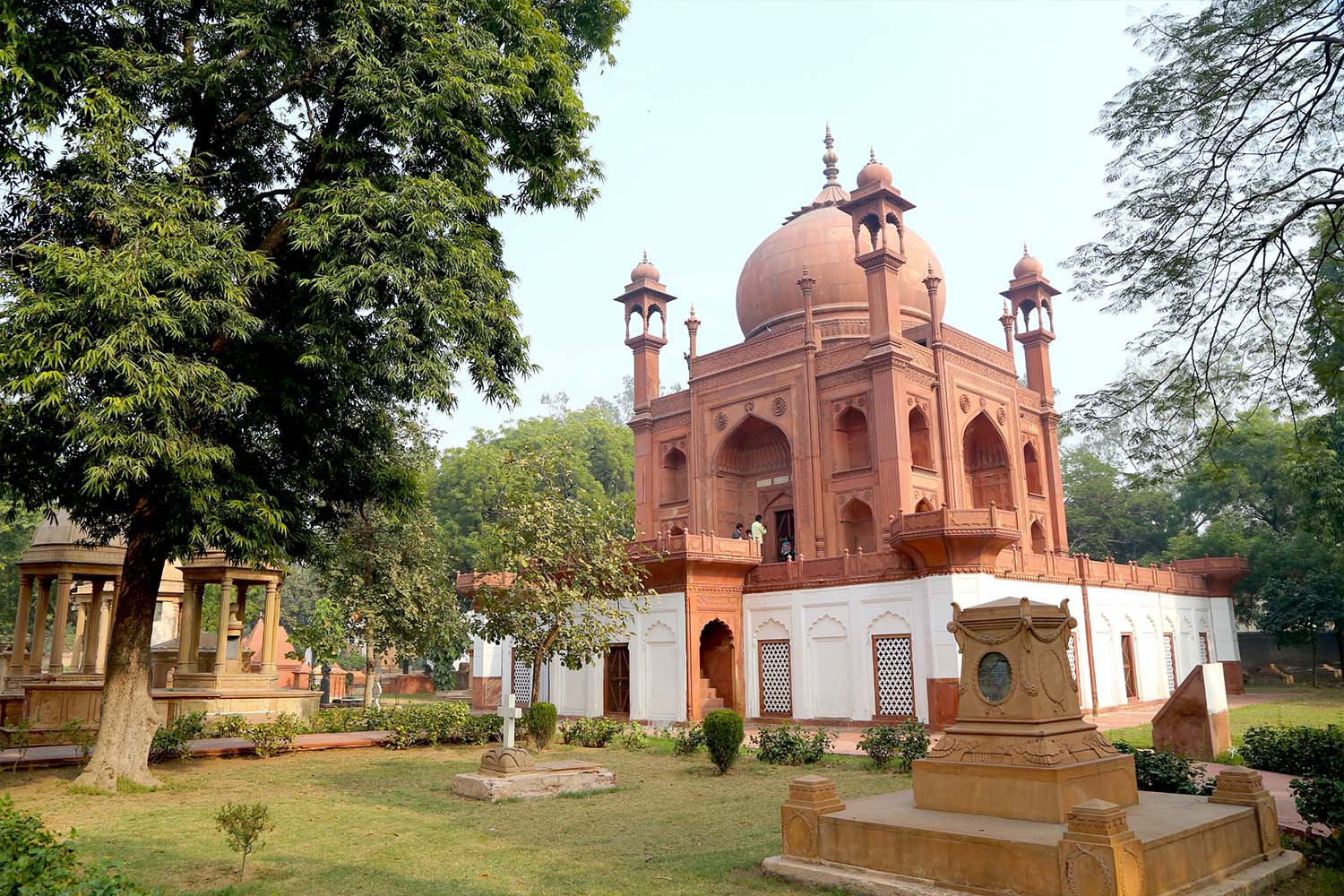
Experience: Wander through the warren of lanes and bazaars to get a close look at regional crafts like zardozi silk embroidery and stone carving. Agra Magic runs various tours in and around Agra, including a cooking session at a local home. Agra Walks promises to take visitors “beyond the Taj” — and there is indeed much more to this multicultural city, from colonial landmarks to Catholic cemeteries.
A day out: It is easy to get monument-weary in Agra, so when you think you have had enough of red stone and white marble, leave town for some birdwatching at the UNESCO listed Keoladeo Ghana National Park, just over an hour’s drive away. More popular by its local name of Bharatpur Bird Sanctuary, this forest is home to more than 375 bird species, including endangered and migratory species.
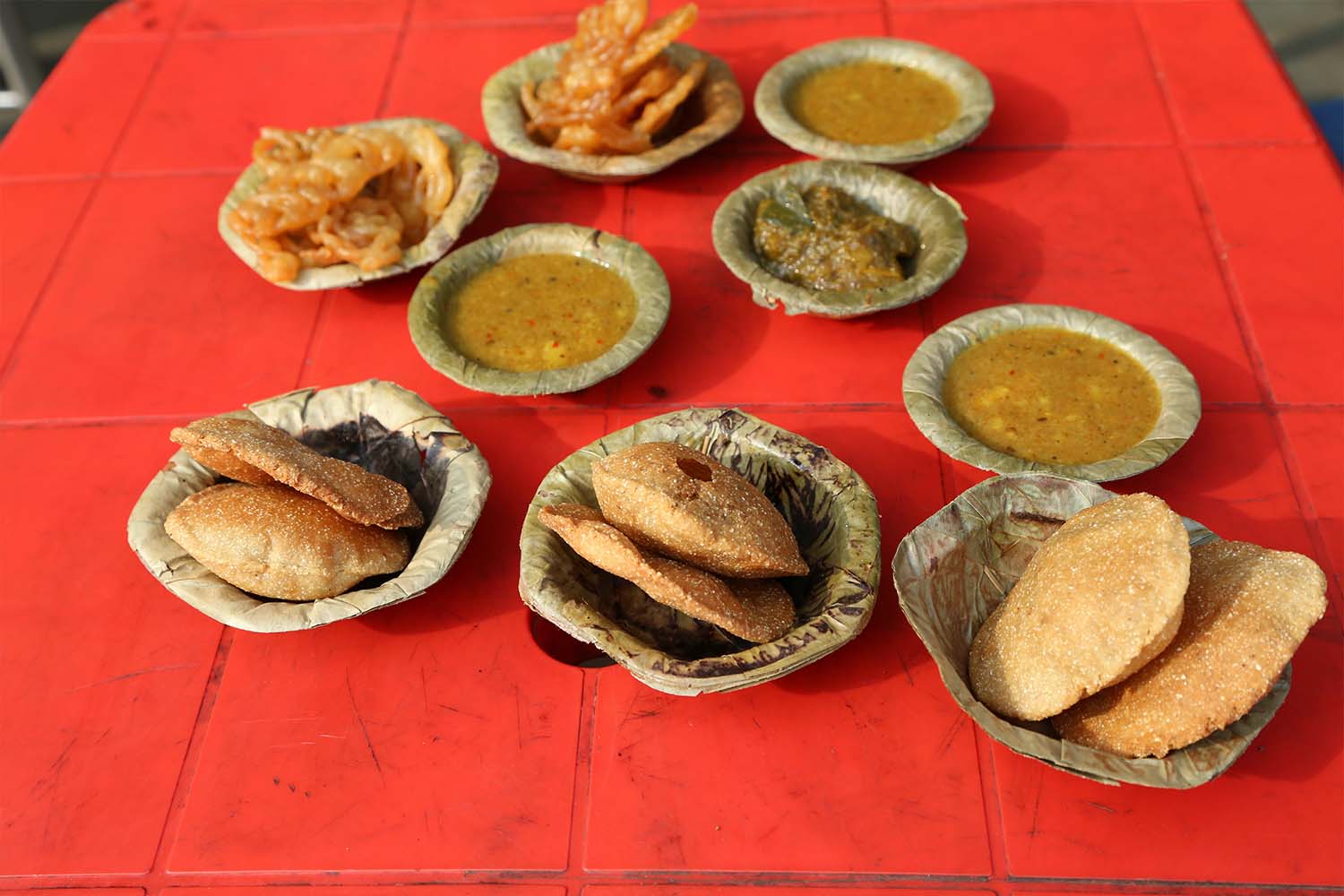
This Stunning Silk Road Country Should Be on Your Travel List
Uzbekistan was once the heart of the ancient trading route between China and the MediterraneanJaipur
This third arm of the golden triangle circuit is chock-a-block with stunning palaces and forts, so go ready for some serious monument hopping. The salmon-hued sandstone façades within the old city — maintained by government diktat — give this town the moniker of “pink city” but aside from the buildings, you will encounter an explosion of color on the streets.
Stay: Check into the Taj Rambagh Palace, the erstwhile home of Maharaja Sawai Man Singh II and his stylish wife Gayatri Devi, now run by one of India’s best luxury hotel chains. Be sure to have a meal at the hotel’s Suvarna Mahal restaurant that serves the traditional cuisine of former princely states.
Do: Start your tour of Jaipur at the Hawa Mahal, the pretty pink sandstone “palace of winds” that stands in the middle of a busy road. The façade is the most interesting part of this palace, with a series of carved, arched windows — 953, it is said — rising up five levels.
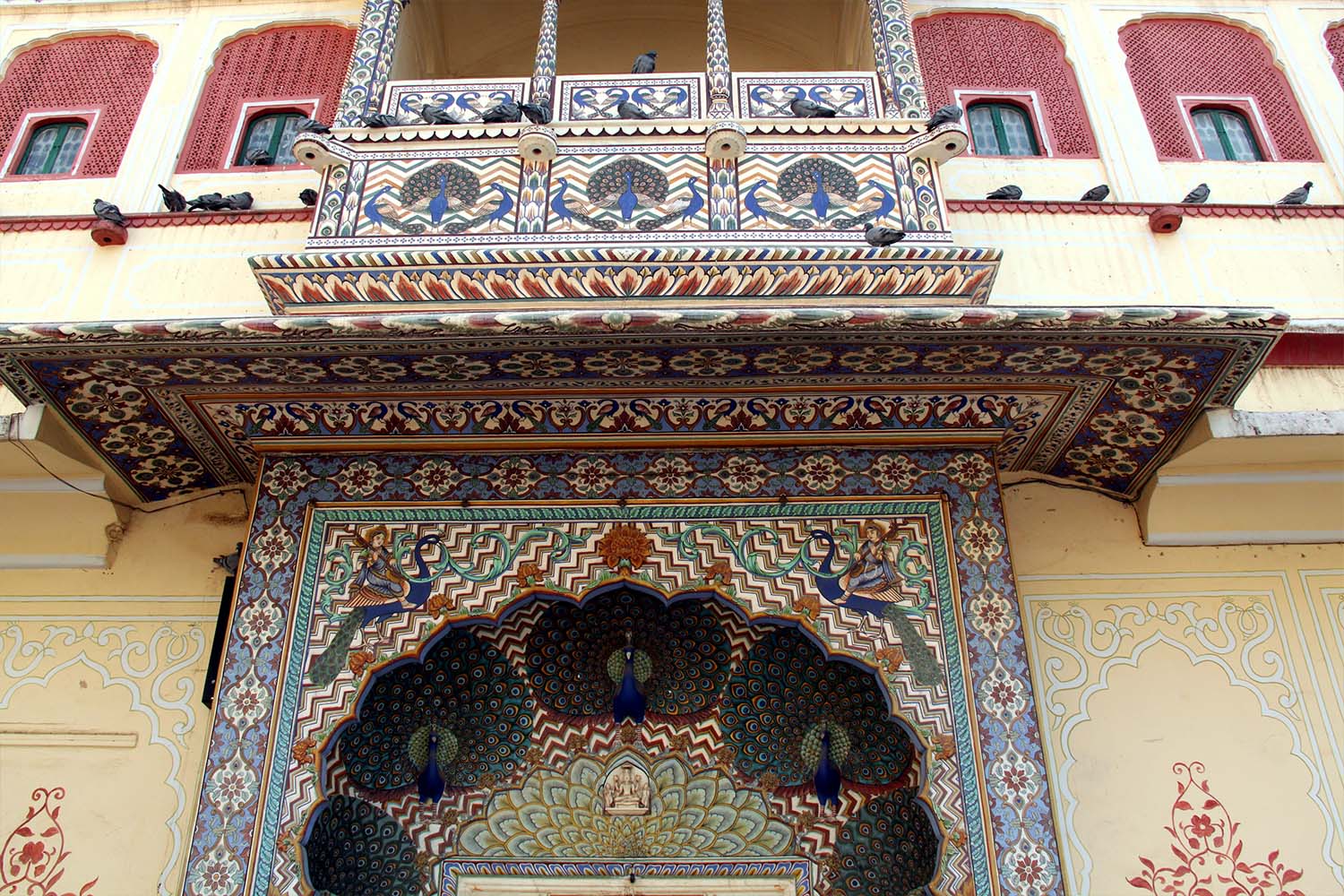
The entrance to Hawa Mahal is through the magnificent City Palace, a sprawling complex of courtyards, royal residences and gardens. The highlights here are the four gorgeous gates in the inner courtyard known as Pritam Niwas Chowk, representing the four Indian seasons of summer, spring, monsoon and winter. For a glimpse of how royalty lived, check out the MSMS II museum’s interesting collection of royal costumes, weaponry and jewelry.
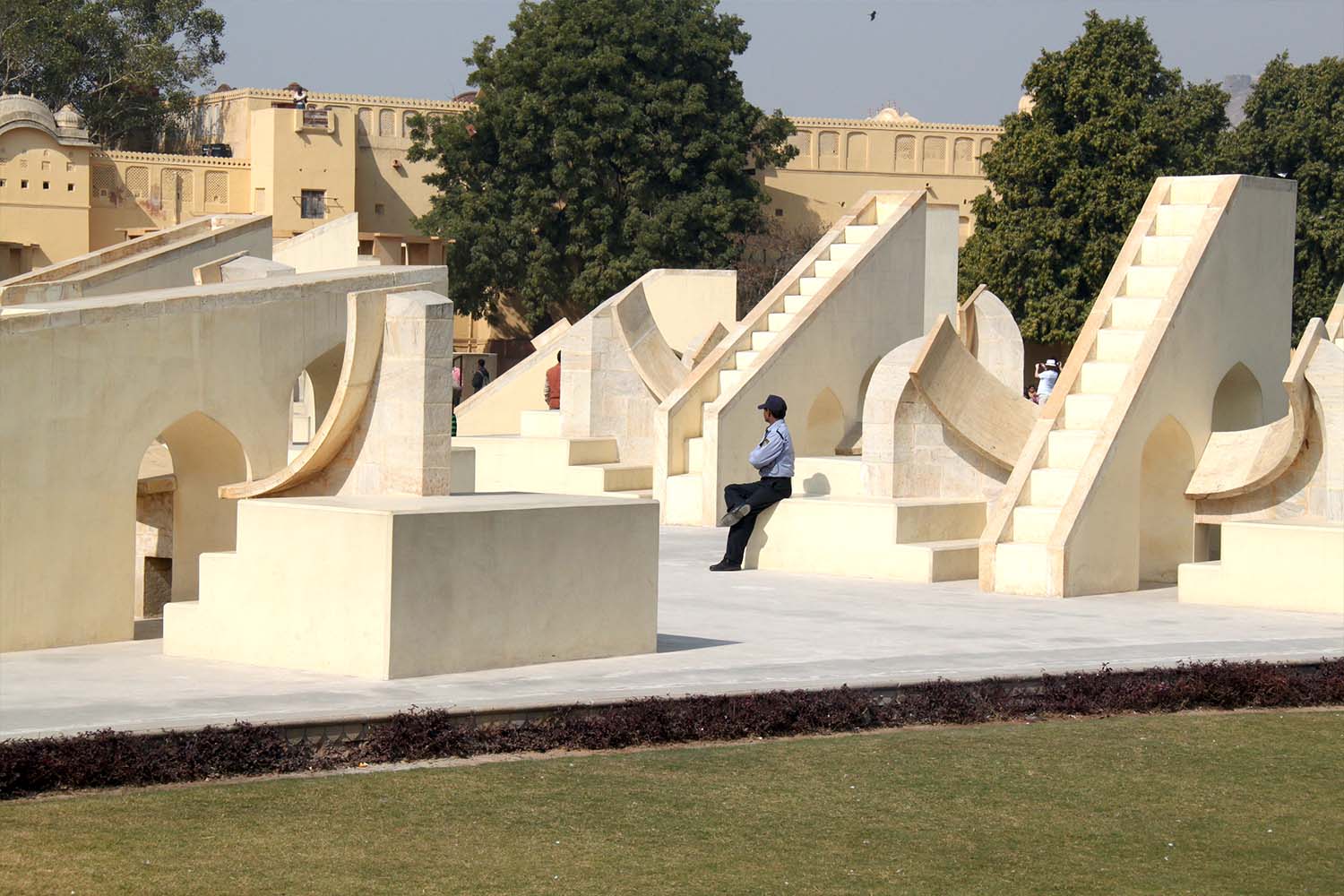
Located right around the corner, Jantar Mantar looks like a mishmash of odd structures, but is actually an astronomical observatory dating back to the early 18th century. Some of these instruments, including the massive sundial called the Brihat Samrat Yantra, are considered precise and sophisticated even today.
Later in the evening, head to Amber (pronounced Ah-mer) fort palace, just eight miles outside town. Amber used to be the capital of Jaipur’s royal family, and has some lovely palaces and pavilions to explore. Make sure to stop and admire the Sheesh Mahal, with its stunning mirror work studded on the walls and ceilings.
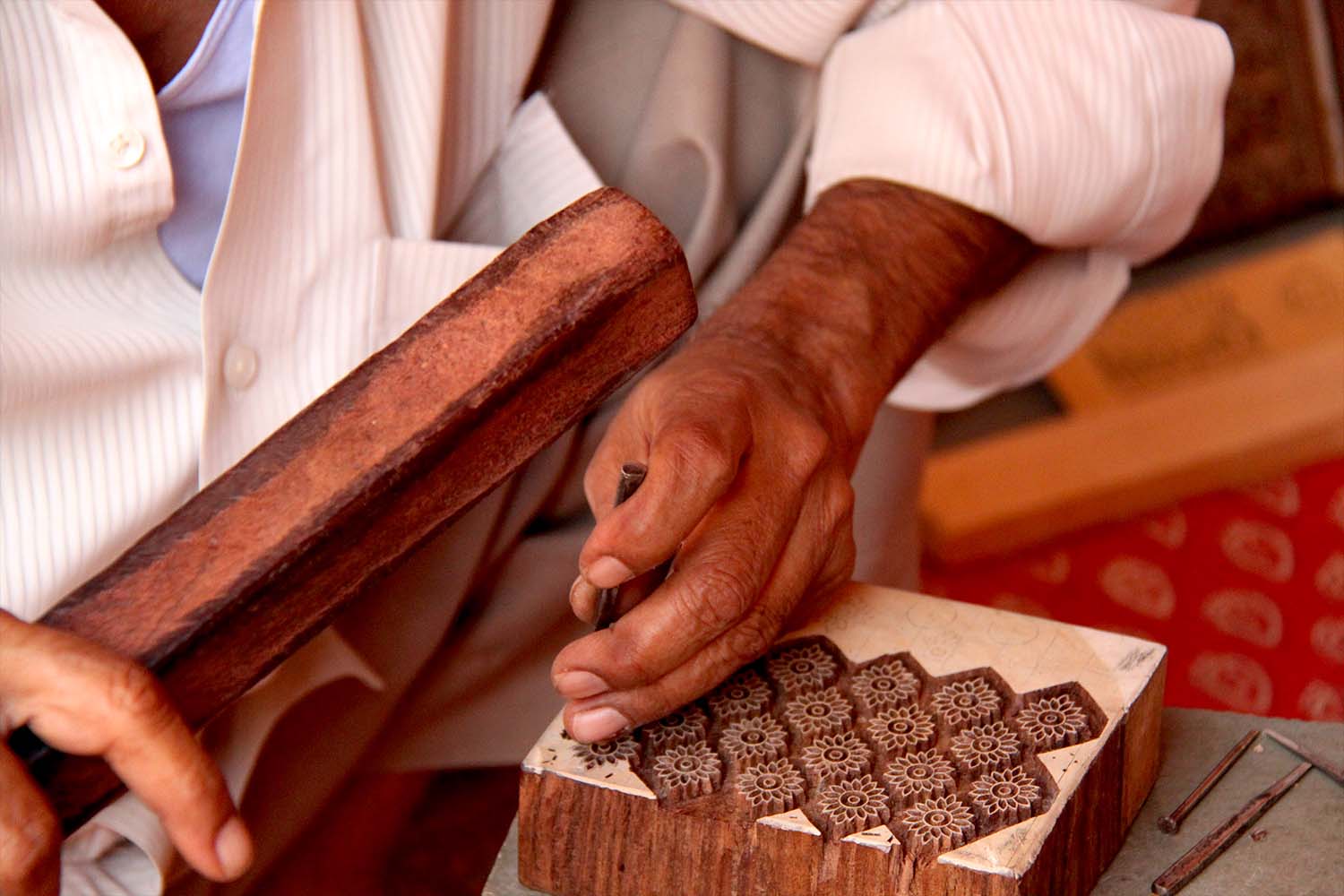
Off-the-beaten-track: You might have a tough time finding this small museum in the narrow lanes surrounding Amber fort, but the Anokhi Museum of Hand Printing is totally worth the effort. Housed in an old mansion, it is the only one of its kind to document the dying art of hand block printing this region is famous for. There are excellent displays and exhibitions within the museum, as well as demonstrations on the rooftop terrace.
Experience: The annual Jaipur Literature Festival (February 1-5 in 2024) is one of the stars of India’s cultural calendar for over 15 years now, attracting not just the sharpest literary minds from across the world, but also some scintillating speakers and musicians.
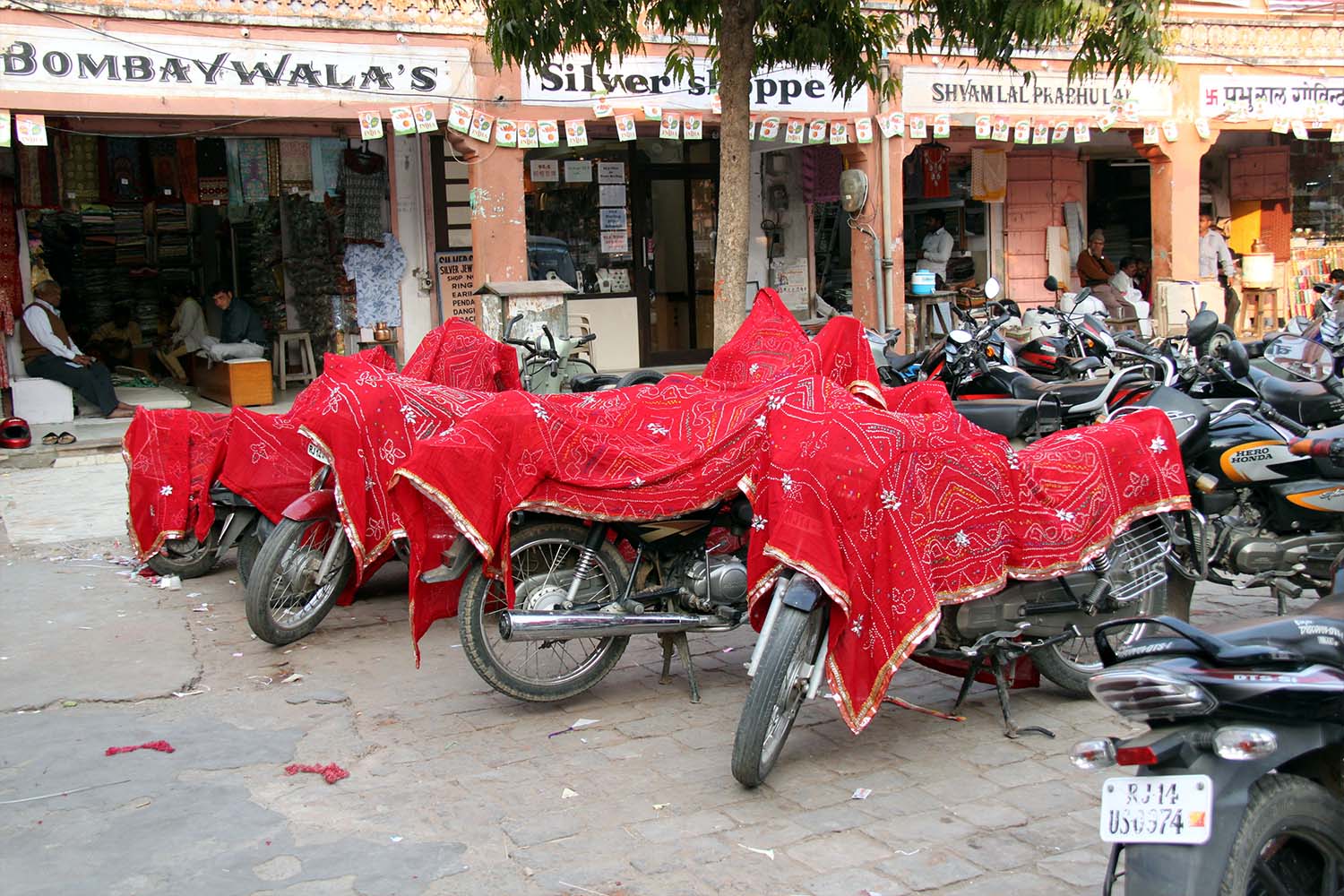
Shop: Navigating the crowded shopping lanes that radiate on all sides around Hawa Mahal is one of Jaipur’s quintessential activities. Polish up on your bargaining skills, because everything from blue pottery to embroidered leather shoes is heavily discounted for the crafty negotiator.
This article was featured in the InsideHook newsletter. Sign up now.
